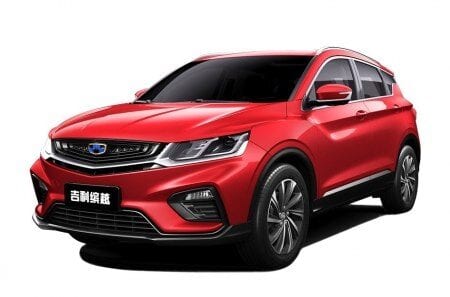
Test: Kia Stonic 1.0 T-GDi Motion Eco
Content
We're repeating ourselves now, but even Kia has realized they can no longer ignore the smaller crossover class. Moreover, they calculated that between 2015 and 2020, sales of such vehicles will grow by more than 200 percent. However, these are certainly figures that cannot and cannot be ignored. Therefore, the first thought when creating a new car was that it should be a representative of the aforementioned class. However, Kia seems to have gone down the road - in terms of design, the Stonic does rank among the smaller crossovers, but its ground clearance is only slightly higher than regular midsize cars. This, of course, is not bad if the car is used for everyday driving. The second song is when we go uphill with him. But in all honesty, crossovers don't sell as well because adventurers buy them, but mostly because people like them. Such people care little about off-road performance, but they are all the happier if the car drives well. Especially on paved, preferably asphalt pavement. In any case, after the one they drive most of the time.
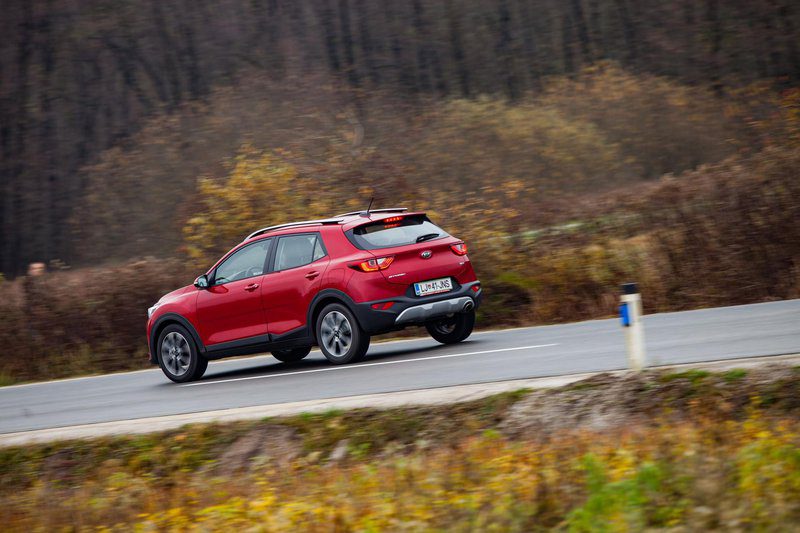
But in the stream of new smaller hybrids, despite the popularity of this class, success is not immediately guaranteed. You have to offer something more, besides good driving characteristics, you have to like the car as well. Therefore, car brands are increasingly opting for a more pleasing color image flavored with a two-tone body. Stonic is no exception. Five different roof colors are available, resulting in many color combinations available to buyers. Of course, that doesn't mean you can't covet a car in a traditional monochrome image. This is what the Stonic test was like, and there really was nothing wrong with that. Unless, of course, you like the color red. In addition, the black plastic trims help to visually elevate the vehicle and make it more powerful. Bulky roof racks add their own, and a smaller crossover look is guaranteed.
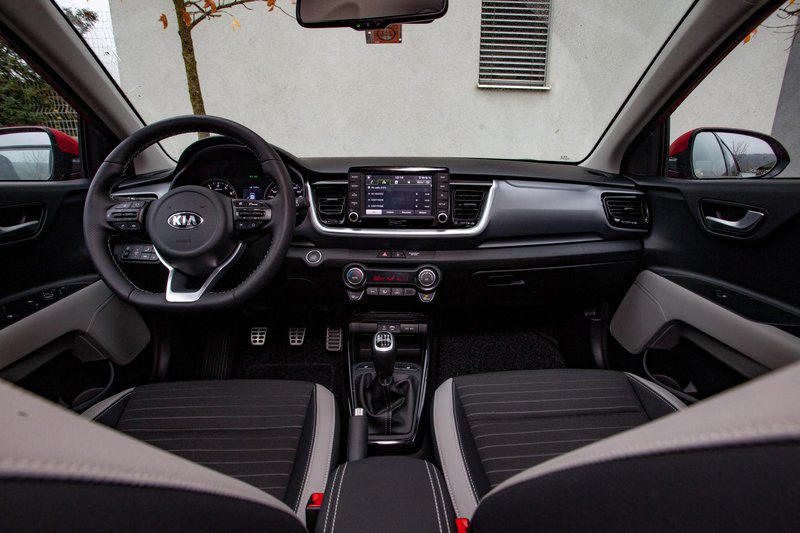
Inside, everything is different. While the test car's interior was finished in a black and gray combination, it didn't feel too monotonous despite Kia wanting to offer more liveliness and interior design. But in any case, the feeling in the passenger compartment is good, even the center screen, which is now more open, is located close enough to the driver, so it is not too demanding to operate it. While the screen isn't one of the largest in its class, we think the Stonic is a plus, as its designers still retained some of the classic buttons around the touchscreen, making overall control easier. The screen works quite well and also responds well.
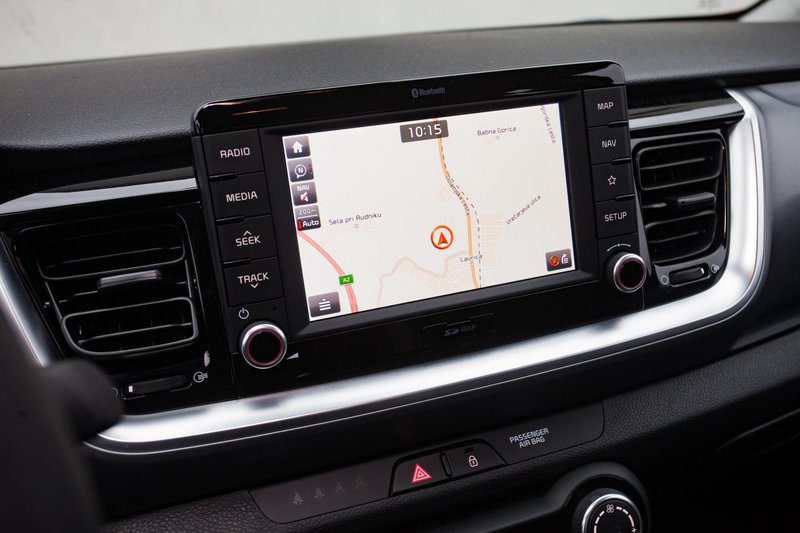
One of the best parts of the test car was definitely the steering wheel. With heated front seats, the driver can also turn on the heating by hand - a heated steering wheel is something that is easy to miss in a car, but if it is in the car, it is very handy. Numerous buttons on the steering wheel are also well located and work. It is true that they are relatively small, which can cause problems for drivers who drive with gloves, but if we know that the steering wheel gets hot, there is no need for gloves. Even with the buttons it takes a bit of practice, but once the driver gets the hang of them, the driver will be able to control most things in the car without taking their hands off the wheel. This one was also appropriately thickened and dressed in beautiful leather, which is not typical for Korean cars.
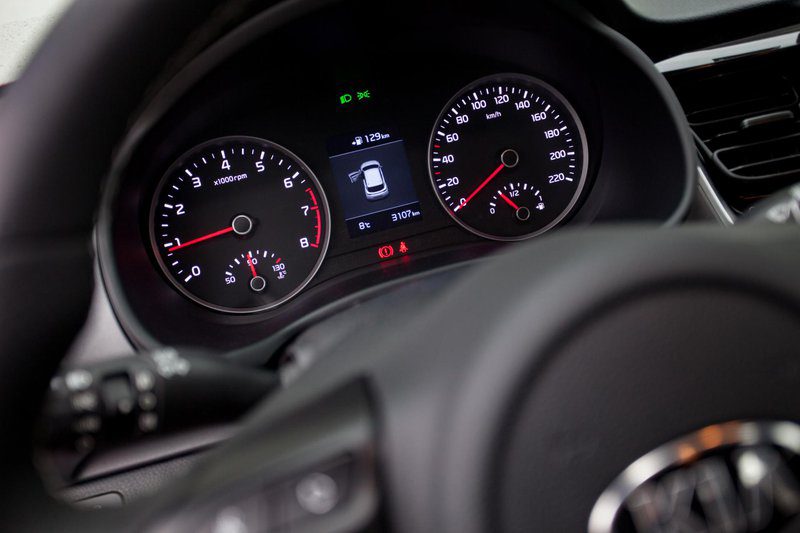
It is enough for someone to like the car, for someone well-being in the cabin is important, but differences are created especially when driving. A liter turbocharged gasoline engine (check) does not work miracles. It offers about 100 "horses" without the engine making excessive noise with the characteristic sound of three-cylinder engines in moderate driving. It is clear that he simply cannot stand being forced. But the buyer must lease it out once he chooses such an engine. However, the latter is still quieter than a diesel, but - definitely - not more economical. Although the Kia Stonic weighs only 1.185 kilograms, the engine consumes much more per 100 kilometers than promised at the factory. Already the normative consumption far exceeded the promised factory consumption (this is an incredible 4,5 liters per 100 kilometers), and on the test it turned out to be even higher. However, with the latter, each driver is a blacksmith for his own fortune, so he is not so authoritative. More striking is the standard fuel consumption, which not every driver can achieve with a calm driving and obeying the rules of the road. On the other hand, despite its small size, the engine is able to accelerate the car to a speed of 186 kilometers per hour, which is by no means a cat's cough.

Even otherwise, the ride is one of the best sides of Stonica. Because of the aforementioned distance from the ground, the Stonic drives more like a car, and if you want to think of it as a classic car, it will impress you rather than disappoint you.
In fact, this is the case with the Stonic: given its origins, production and, ultimately, price, this is quite an average car. But these cars are also bought by average buyers. And if we look at it from this, that is, from the average point of view, we can easily describe it as above average. Of course, according to his criteria.
However, it should also be borne in mind that the price increases in direct proportion to the level of vehicle equipment. And with the amount of money required for the Stonic, the choice is already quite large.
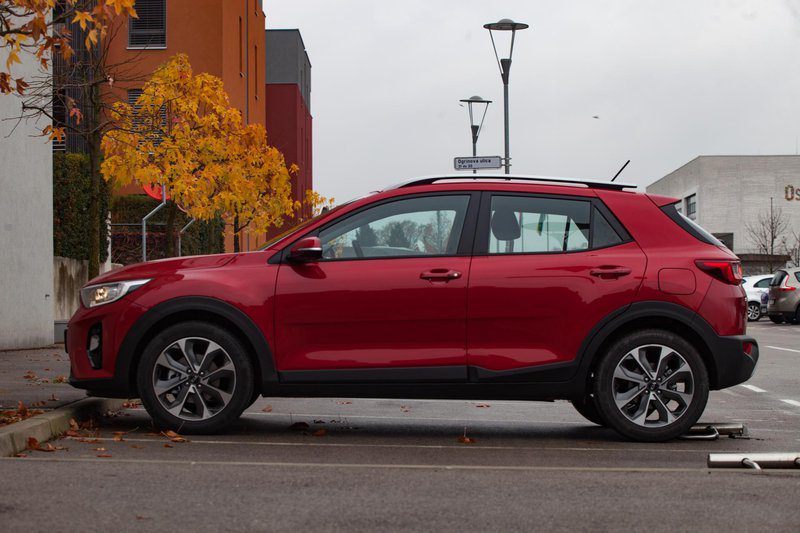
Kia Stonic 1.0 T-GDi Motion Eco
Basic data
| Sales: | KMAG dd |
|---|---|
| Base model price: | 15.990 € |
| Test model cost: | 18.190 € |
| Power: | 88,3kW (120 KM) |
| Acceleration (0-100 km / h): | 10,7 with |
| Maximum speed: | 185 km / h |
| Mixed flow ECE: | 5,3l / 100km |
| Guarantee: | 7 years or total warranty up to 150.000 km (first three years without mileage limitation). |
| Systematic review | service interval of 15.000 km or one year. km |
Cost (up to 100.000 km or five years)
| Regular services, works, materials: | 733 € |
|---|---|
| Fuel: | 6.890 € |
| Tires (1) | 975 € |
| Loss of value (within 5 years): | 7.862 € |
| Compulsory insurance: | 2.675 € |
| CASCO INSURANCE (+ B, K), AO, AO + | 4.985 ( |
| Calculate the cost of auto insurance | |
| Buy up | € 24.120 0,24 (km cost: XNUMX €) |
Technical information
| engine: | 3-cylinder - 4-stroke - in-line - turbocharged petrol - front transverse mounted - bore and stroke 71,0 × 84,0 mm - displacement 998 cm3 - compression 10,0:1 - maximum power 88,3 kW ( 120 hp) at 6.000 rpm - average piston speed at maximum power 16,8 m / s - specific power 88,5 kW / l (120,3 hp / l) - maximum torque 171,5, 1.500 Nm at 4.000-2 rpm - 4 camshafts in the head - XNUMX valves per cylinder - direct fuel injection. |
|---|---|
| Energy transfer: | engine-driven front wheels - 6-speed manual transmission - gear ratio I. 3,615 1,955; II. 1,286 hours; III. 0,971 hours; IV. 0,794; V. 0,667; VI. 4,563 – differential 6,5 – rims 17 J × 205 – tires 55/17 / R 1,87 V, rolling circumference XNUMX m. |
| Capacity: | top speed 185 km/h – 0-100 km/h acceleration 10,3 s – average fuel consumption (ECE) 5,0 l/100 km, CO2 emissions 115 g/km. |
| Transportation and suspension: | crossover - 5 doors, 5 seats - self-supporting body - front single suspension, spring legs, three-spoke transverse rails, stabilizer - rear axle shaft, screw springs, telescopic shock absorbers, stabilizer - front disc brakes (forced cooling), rear discs, ABS, mechanical parking brake on the rear wheels (lever between seats) - rack and pinion steering wheel, electric power steering, 2,5 turns between extreme points. |
| Mass: | empty vehicle 1.185 kg - Permissible total weight 1.640 kg - Permissible trailer weight with brake: 1.110 kg, without brake: 450 kg - Permissible roof load: np |
| External dimensions: | length 4.140 mm – width 1.760 mm, with mirrors 1.990 1.520 mm – height 2.580 mm – wheelbase 1.532 mm – track front 1.539 mm – rear 10,4 mm – ground clearance XNUMX m. |
| Inner dimensions: | longitudinal front 870-1.110 mm, rear 540-770 mm - front width 1.430 mm, rear 1.460 mm - head height front 920-990 mm, rear 940 mm - front seat length 500 mm, rear seat 460 mm - luggage compartment 352 - 1.155 365 l – handlebar diameter 45 mm – fuel tank XNUMX l. |
Our measurements
| T = 10 ° C / p = 1.063 mbar / rel. vl. = 55% / Tires: Continental Conti Eco Contact 205/55 R 17 V / Odometer status: 4.382 km | |
| Acceleration 0-100km: | 10,7s |
|---|---|
| 402m from the city: | 17,8 years ( 129 km / h) |
| Flexibility 50-90km / h: | 8,2 / 12,0s (IV/V) |
| Flexibility 80-120km / h: | 11,2 / 15,9s (Sun./Fri.) |
| test consumption: | 8,0 l / 100km |
| Fuel consumption according to the standard scheme: | 5,3 l / 100km |
| Braking distance at 130 km / h: | 57,2m |
| Braking distance at 100 km / h: | 38,6m |
| AM table: | 40m |
| Noise at 90 km / h in 6rd gear | 60dB |
| Noise at 130 km / h in 6rd gear | 63dB |
| Test errors: | Without mistakes. |
Overall rating (313/420)
Interestingly, the Koreans told Stonica that this would be their best-selling model even before they started selling it. They certainly benefit from the fact that they have ranked it among the top-selling cars (crossovers), but on the other hand, they have made an effort to do so as well.
Exterior (12/15)
Falling in love at first sight is difficult, but difficult to argue with anything.
Interior (94/140)
The interior is different from the older Kiahs, but it could be even more lively.
Engine, transmission (53
/ 40)No components stand out, which means they are well tuned.
Driving performance (59
/ 95)Given the (too) short distance from the ground, a good road position is not surprising.
Performance (30/35)
One cannot expect miracles from a liter motorcycle.
Security (29/45)
Koreans are also offering more and more security systems. Commendable.
Economy (36/50)
If the Stonic sells well, will the price of used devices rise?
We praise and reproach
form
engine
feeling in the cabin
loud chassis
main equipment
test version price
